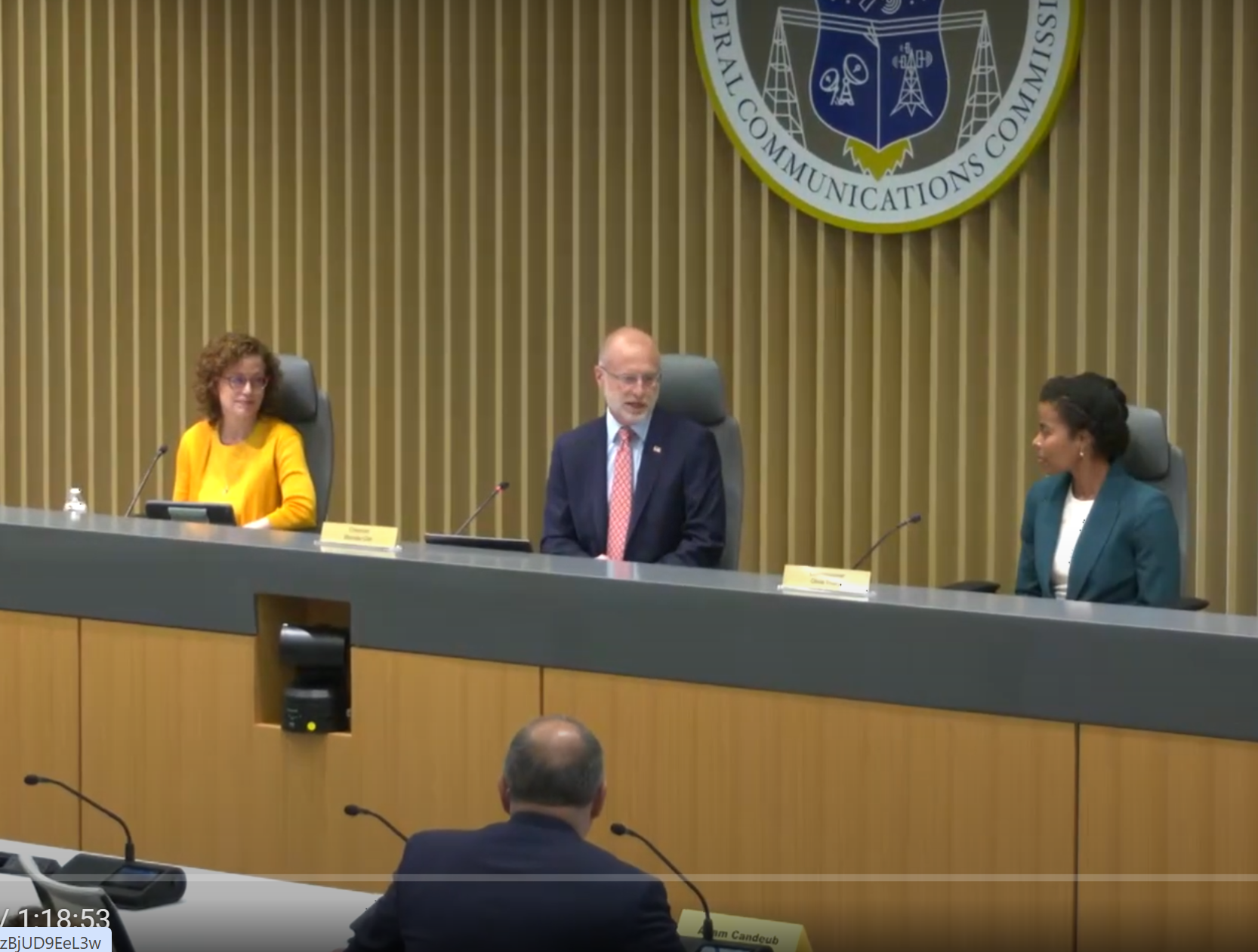A $17,000 phone
In reading some FCC news, I ran across several articles describing the commission’s continued (mis)use of the Universal Service Fund (USF). I’ve written before about this taxpayer fiasco.
I pay a total of $13.00 in taxes on a base telephone line rate of $19.00, or 68 percent! That amount includes the USF tax and a host of other “charges” the feds, the state and the city government have decided I need to pay. My fear is that Genachowski’s National Broadband Plan (NBP) will include even higher taxes to support expanded telecommunication services.
Before we look at how the new USF might be structured, let’s examine how effective the FCC has been in managing the money in the current universal service fund.
Upon a demand from Congress, the FCC released a report showing how the agency has been spending some of the USF funds. One portion of the report lists how much money telephone companies receive from the USF to provide lower-cost services to customers in rural areas.
The original idea of the USF was to help those who live in rural locales have access to higher quality phone service without making them pay the true costs of delivering those services. Clearly, if someone lives way up in the mountains, it would cost a lot of money to build and then support a single phone line to that location. To reduce the cost that resident might have to pay, every telecommunications user is forced to pay into the USF. Those funds are then divided among service providers as extra money so they’ll make affordable service available to these types of customers.
The current federal USF tax is 14 percent. That money, $7.2 billion in 2009, is then passed on to phone companies so they’ll provide lower-cost service to expensive locations; it subsidies phones for low-income users, and it also funds Al Gore’s monster plan for free computers and Internet services to schools as well as provides communication services to rural health care providers. Wow, more free money.
As with many, if not most, government programs, abuse is likely.
The professional video industry's #1 source for news, trends and product and tech information. Sign up below.
For instance, AT&T generated $34.4 billion in revenue in 2009 and had a net income of $12.5 billion. Being quite profitable, the company paid almost $10 billion in dividends to investors. Sounds good until you realize that a part of that profitability was enabled by the $435 million the company received in USF money. Verizon also benefited from USF money, receiving $679 million the same year.
But, it is not just the big companies that receive USF funds. Let’s see how much money some of the smaller phone companies grabbed from the USF cookie jar. It turns out that more than a few smaller phone companies receive huge amounts of USF money compared with the number of customers they actually serve.
The data for the chart to the left was supplied by the FCC. It lists the local phone company, state, total USF funds received, the number of phone lines supported and the resulting cost per line.
The small phone company Weavetel was paid almost one-third of a million dollars just so it could serve 17 homes. If that government waste doesn’t capture your attention, consider this. The company had already built its local exchange center by 2007. It was not like it had to start from the ground up. Yet Weavetel still received almost $500,000 over the next two years. And the result of that half-million dollars? By the end of that period, it had added service to a whopping three more phones.
In an era of cellular, why am I (and you) paying anyone $300,000 per year so 17 people can have a phone! I can hear the softies saying, yeah, but maybe these people can’t get cellular service.
Then there is the story of Terral, an Oklahoma phone company that received $1.6 million in 2009. For that money, it served only 246 lines, costing $6563 per line per year. Lest someone think these Oklahoma residents don’t have options, this company’s territory is 100 percent covered by AT&T, Sprint and Verizon; and T-Mobile provides 95 percent coverage.
Chairman Genachowski claims he’s going to build a world-class national broadband service, feeding every American home with 4Mb/s Internet. To fund that, he’s promised to reorganize the USF and use that money not just for POTS, but whatever it takes to empower America into the broadband era.
I imagine the 2011 USF report will show similar statistics — that the U.S. taxpayer is being gouged perhaps $20,000 per year per Internet connection so a couple of back-road hermits can watch porn while only having to pay $10.00 per month.
Internet is not a “right.” It is a service. If you can pay for it, fine. If not, do not expect the rest of us to do it for you. People mostly choose where they live. If someone wants want modern conveniences, let them move to where they are inexpensively available. Politicians should not penalize the rest of us so someone can live in the boonies.
